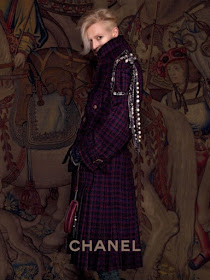I’ve been singing “Zing! Went the Strings of My Heart” all day. Written by James F. Hanley and long associated with Judy Garland, the song has romantic lyrics and a lovely melody.
Dear when you smiled at me, I heard a melody
It haunted me from the start
Something inside of me started a symphony
Zing! Went the strings of my heart
’Twas like a breath of spring, I heard a robin sing
About a nest set apart
All nature seemed to be in perfect harmony
Zing! Went the strings of my heart
Your eyes made skies seem blue again
What else could I do again
But keep repeating through and through
"I love you, love you"
I still recall the thrill, guess I always will
I hope 'twill never depart
Dear, with your lips to mine, a rhapsody devine
Zing! Went the strings of my heart
Your eyes made skies seem blue again
What else could I do again
But keep repeating through and through
"I love you, love you"
I still recall the thrill, guess I always will
I hope 'twill never depart
Dear, with your lips to mine, a rhapsody devine
Zing! Went the strings of my heart
Judy Garland first sang the song on November
16, 1935, when she appeared on the NBC radio program ”The Shell Chateau Hour.” The 13-year-old had made her national radio
debut the month before on the same program where she told the host, Wallace
Beery, “I wanna be a singer, Mr. Beery; And I wanna act, too!” This time for her second
appearance she sang “Zing! Went the Strings of My Heart,” which would become one of her
signature songs. Her performance that evening had a special meaning for Judy.
Her father, Frank Gumm, was
in hospital suffering
from spinal meningitis. A radio was placed
next to his bed so he could listen to his youngest daughter. He passed
away the next morning before Judy could say good-bye.
Judy would go on to sing the song in Listen, Darling (1938) and make a Decca recording in 1939 in addition to performing the song during countless
concerts. Yet probably no rendition was as important to her as the one she sang
that night.
To hear the original radio performance (listen to Beery mistakenly say Judy is 12), visit here.


















































